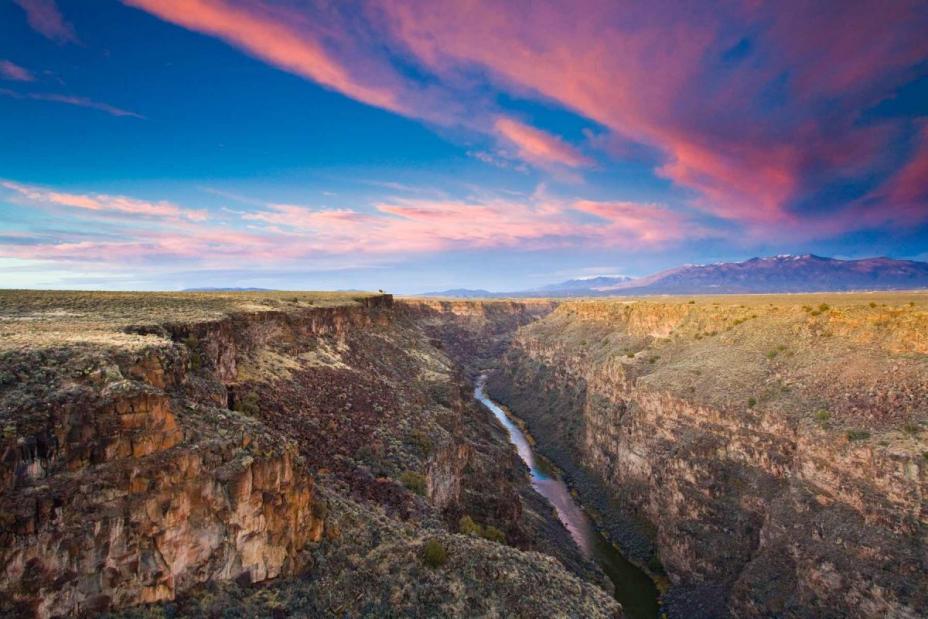Summary Statement
Mexico-United States Border 2020 Environmental Program
Leadership Meeting
The Environmental Protection Agency of the United States of America (EPA) and the Secretariat of Environment and Natural Resources (SEMARNAT) held a Leadership Meeting of the United States - Mexico Border 2020 Environmental Program on November 5 and 6, 2019 in Mexico City.
The Border 2020 Environmental Program is a bilateral, results-oriented cooperation program aimed at providing tangible environmental benefits for communities located along the Mexico and the United States border. This program is a collaboration and partnership between the two federal governments, the ten Border States, indigenous communities, tribal and local governments and society in general.
The objective of the meeting was to promote the re-involvement of the key actors in the activities of the Program, to recount the achievements made to date and to review the progress status of the objectives and goals of the Program.
The border regions shared some of their most important achievements, including that the northern border region of Mexico has drinking water, sewerage and sanitation services coverage well above the national average. This reflects the successful cooperation we have had with the US and EPA.
It also highlights the elimination of more than 20 million tires that were in clandestine dumps throughout the border. In addition, all Border States have their PROAIRE and the installation and operation of an air quality monitoring network in sister cities in the region.
The Border 2020 Program has promoted many workshops planned to build capacities in the region, for example, on rainwater improvements and proper disposal of grease and oil residues, collection and treatment of electronic waste, recycling, joint emergency responses and training for law enforcement to improve understanding of the requirements for industries in both countries.
In addition to recognizing the progress made under the Program, the National Coordinators highlighted the importance of giving continuity and strengthening bilateral cooperation to find bi-national integral solutions to meet the environmental challenges facing the border region. And that by meeting these environmental challenges, we also improve public health and economic development.
It was reported that from 2013 to date, time of operation of the Program, great progress has been made in favor of the conservation and sustainability of the border region between Mexico and the United States with the implementation of 74 projects: 47 in Mexico and 27 in the United States, to address the issues of air quality, handling of used tires, promotion of environmental health, response to environmental emergencies and wastewater treatment, among others. These projects represent an investment of more than one and a half million dollars granted through non-reimbursable resources.
The participants agreed that the current problem cannot be addressed in isolation, but that it is necessary to find cooperation mechanisms that sum up the efforts of various actors including the three levels of government, the private sector and civil society, among others. In this regard, it was recognized that the Border 2020 Program is an example of the results that can be achieved through international cooperation at all levels.
During the meeting, the actions that will be implemented for the closing of the Program were defined and the recommendations to improve its operation were discussed. Fundamental contributions from partners and collaborators were received regarding issues that need to be explored and considered.
Chad McIntosh, Assistant Administrator of the Office of International and Tribal Affairs and National Coordinator for the United States of America, and Rodolfo Godinez, Head of the International Affairs Coordinating Unit and National Coordinator for Mexico, inaugurated the event and highlighted the assistance of the Under Secretary of Planning and Environmental Policy, Jorge Argueta, the Head of the Delegation Coordinating Unit, Cristina Martin and the Regional Administrator of the EPA Region 9, Michael Stoker and Deputy Regional Administrator of EPA Region 6, David Gray.
You may need a PDF reader to view some of the files on this page. See EPA’s About PDF page to learn more.

